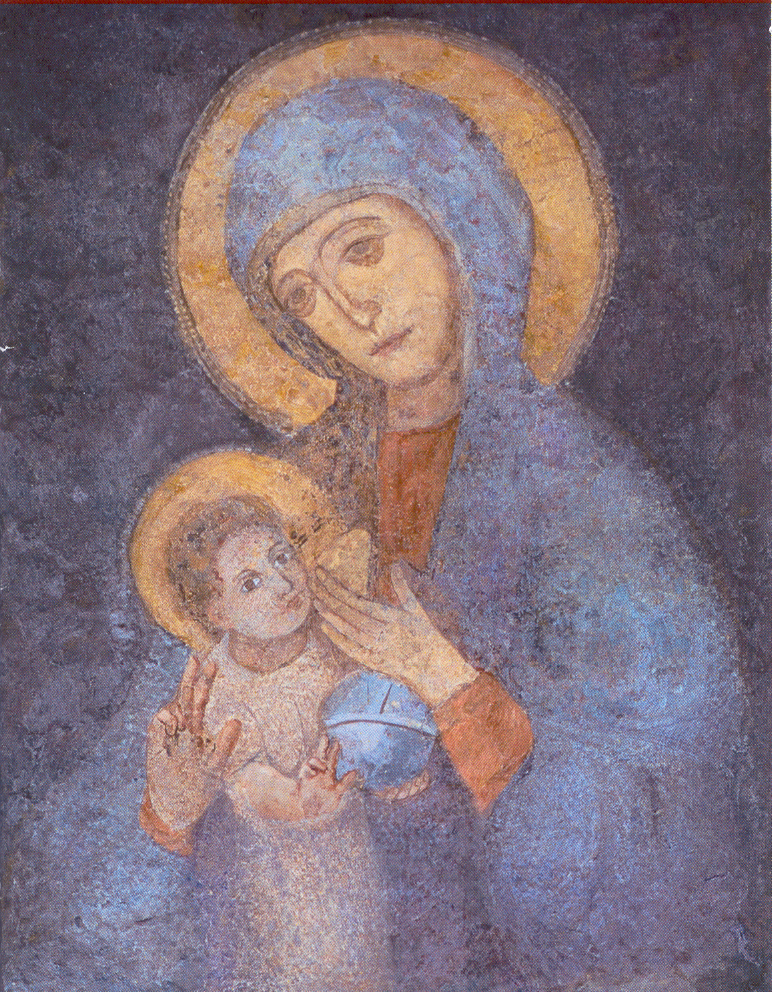
Growing up in San Francisco I loved to walk everywhere and very much appreciated free culture in the form of street music. My street wandering is infrequent now that I live in the woods of the Pacific Northwest. There is plenty of music here, just not the kind made by humans. There is the avant-garde serialism of thrushes, squirrels, blue jays, crows, songbirds, hummingbirds, and woodpeckers, the occasional ululations of the neighborhood goats, and more rarely the nocturnal screamcore of coyotes, shrieking like teenagers on acid. But recently I found myself walking on a sunny day in the North End of Boston. It was scorching hot, with crowded sidewalks, and my companion and I were sweating and hungry. We had reached a hilltop and were looking for food and a respite from the heat when we heard the refrain of “When the Saints Go Marching In” emanating from around the bend. Everyone turned in the same direction, grazers looking up at the sound of a bell, expecting a marching band.
Instead, a statue of the Madonna first crested the hill, held aloft on four people’s shoulders like a casket. She emerged strikingly tactile in a dress pinned with dollar bills, her wig, slightly askew, curled into tight rolls like that of an English judge.
Behind her came the French horn and tuba player, clarinetists and trumpeters wearing matching red shirts and hats. The percussionists took up the rear. At the tail of the spine followed a sad-eyed, hunched cymbalist who clanged lugubriously, if such a thing is possible.
The sweating bearers walked the Madonna a-ways before rotating her bumpily, teetering now to face the fire station, now a restaurant or a bank, brought down from the shoulders down to street level to dispense blessings and collect tithes. Whenever the musicians paused, a diminutive ringleader appeared, conducting with silky gestures, his small face hidden behind dark green spectacles and a large cap.
A crowd, loose and bemused, swelled around the procession and its portable goddess. Who could be unmoved when the saints come marching in? Here was something wholesome, rag tag and un-alienated. Virtue as something neighbors practice; a practice of neighborhoods.
Processions have an ancient and global history for bipeds. Be it for celebrations, pilgrimages, protests, or funerals, we ritualize our evolutionary wanders, loving to move in step, to be a moving vessel made of many bodies, a roaming animal made of animals, for once not just to get linearly from point a to point b—from home to work and back; through the check-out or security line—but to see if we can get closer, by chanting, to enchantment, to another sense and sensation of world. The Madonna statue was a...
You have reached your article limit
Sign up for a digital subscription and continue reading all new issues, plus our entire archives, for just $1.50/month.
Already a subscriber? Sign in




